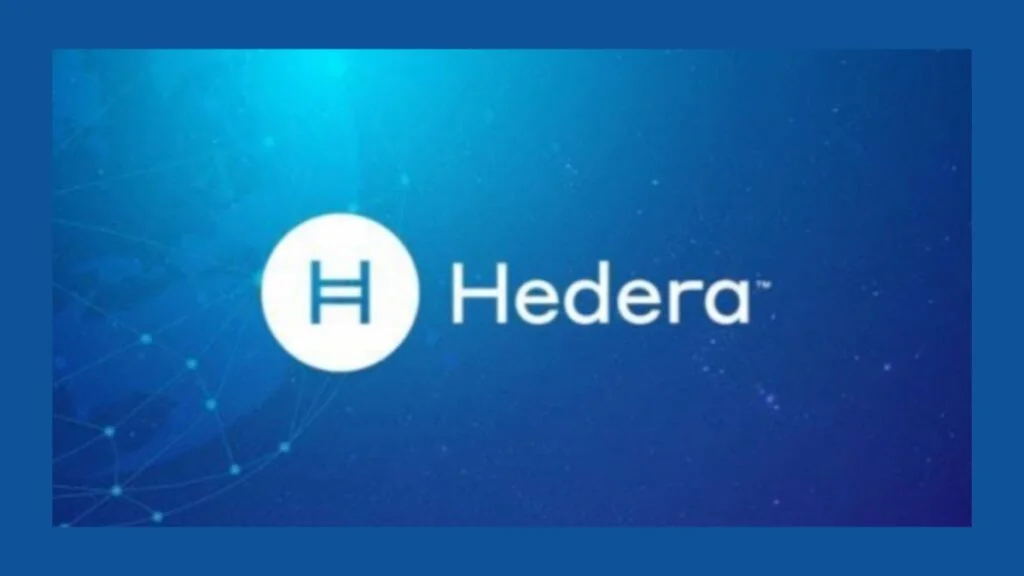Hedera network introduces “Stablecoin Studio” for its platform’s streamlined stablecoin issuance and management.

With a new toolbox, Hedera, an open-source, leaderless proof-of-stake network, plans to compete with blockchain heavyweights like Ethereum (ETH) in the deployment of stablecoins.
Hedera unveiled a new open-source tool to create stablecoin applications on their network in a blog post on September 14. Stablecoin issuers can disclose collaterals publicly thanks to the Stablecoin Studio SDK, which allows third-party data sources and API interfaces with predetermined custody and KYC/AML providers.
The HBAR Foundation’s co-founder and CEO, Shayne Higdon, said:
“For stablecoins to be widely adopted into mainstream payments and usage, stablecoin issuance and management needs to be customizable for any and all use cases.”
Hedera claims that a stablecoin remittance proof-of-concept (PoC) using Stablecoin Studio has already been developed by Shinhan Bank and SCB TechX.
The TypeScript-written SDK supports current internal banking systems, on-chain oracles, and management CLI to streamline interactions with smart contracts.
Users can create a Hedera testnet account to access the React-based interactive demo sandbox. According to statistics from TradingView, Hedera’s native cryptocurrency HBAR increased 5.8% in response to the news, reaching $0.51.
The market value of the cryptocurrency increased to $1.7 billion. Hedera terminated network proxies on its mainnet in March 2023 due to “network irregularities.” Wallets and decentralized exchanges, two crucial network functions, were also disabled.
According to Pangolin Exchange CEO Justin Trollip, Defi research firm Ignas stated in an X post that the hack was directed at the “decompiling process in smart contracts.”
